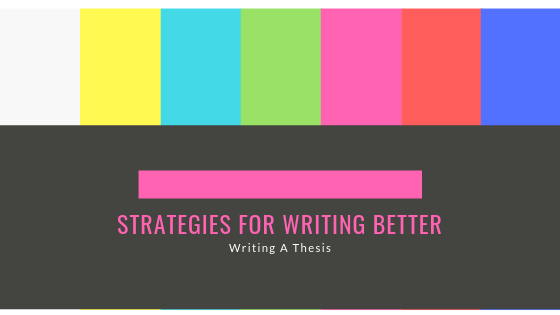One of the important components of the essay is its structure.
In school, the structure of the essay is derived from the structure of the file and is divided into:
- Introduction,
- Core of the topic
- Conclusion.
This division is somewhat simplified, since it does not even indicate the essence of the essay.
Therefore, we will be talking about thesis, antithesis, and synthesis at this point, which, however, will also define the essence of the essay itself. You can also view Edupeet to get more ideas about thesis writing.
- Introduction
The division into the introduction, the core and the conclusion is not equal to the division into thesis, antithesis and synthesis. The introduction itself is not the equivalent of the thesis.
In the school essay in the introduction, we highlight the problem or topic that will be addressed in the essay. Usually, the introduction is a long one paragraph and it covers some two to three sentences. The problem can be highlighted in the form of a question – to question the merits of the problem under challenge, but in a hard form – to justify or deny the validity of the problem. Question / claims always arise from a given title of the essay or short instructions you get at the exam.
- Thesis and antithesis
The so-called core contains two elements: thesis and antithesis. It would be very simplistic that this would mean that all the elements that you want to accentuate to the problem are under the assumption, and that the antithesis does not support all arguments to show that you disagree with the problem. So, give arguments for and against .
The core structure also depends on your arguments. It’s kind of in this direction to point out every argument (for or against) in your paragraph. Thus, this part of the essay can also contain three to five (possibly more or less) paragraphs. In this section, you analyze the problem under consideration. Explain, interpret, substantiate, compare, outline individual parts, key elements or relationships.
If the building has some of its laws, it does not have the order. You do not have to always first agree with the problem and then disagree. You can also replace this order, depending primarily on your point of view on the problem you are experiencing. If you put a problem in a way that does not express or endorse your opinion, then you will first argue against the problem and express your view of it. Only then will you give the facts for. In this case, you will not agree with these facts.
- Synthesis
Synthesis is a kind of conclusion, but it is not just a summary of the previously written text, but it is primarily a union of thesis and antithesis. In the synthesis we briefly summarize the exposed problem, arguments for and arguments against, and then connect them to the conclusion .
A synthesis can also give or open a new problem that you ask as a question. You do not define this problem, since it is already a matter of another debate.
Do not open the new problem. Expose it only if it pervades you while exploring arguments and justifying them.
Synthesis is also written in one paragraph, but it is slightly longer than the introduction (maybe up to 10 sentences). Be careful, however, of the length of the introduction and the ending, which must be in length shorter than the length of the core. If you have a core that is a long one page, then the introduction and the ending take up only a few lines.
Exercise
You read both novels. If you have taken into account the steps to prepare for the essay, you have read them repeatedly and are now very familiar with them in terms of content and structure.
If you were reading a reading diary at reading, you can browse the topic for the topic, otherwise focus on the thought, the event, the relationship, the message … which was most impressed by your reading.
Ask yourself a question, this will also serve as a problem that you expose to, and then try to answer it. You can first give answers in the form of an indent, a thought pattern or a shorter draft. Are you planning a building or the course of the essay. Give the arguments for and against and the conclusion.
When you have a draft ready, try writing the entire essay. Be aware of the structure of the sentences, the grammatical correctness and the style. Keep in mind: if you are accustomed to correcting and striking a lot during the writing, you will need some time to read the script.
You can set the clock again and follow the prescribed length of the essay. Recalculate how much time you spent to write a draft or to identify your ideas and views on the problem, calculate how much time you spent on writing an essay, and in the end, you always leave 15 to 20 minutes of time for a clean sheet. While writing, you will certainly be mistaken, and in particular try to correct your opinion. the way you have expressed it, so it’s good that you have some time to use if you need to overwrite it again.
Guest Post by Angel M.









